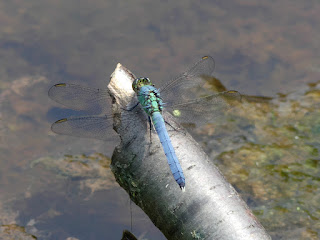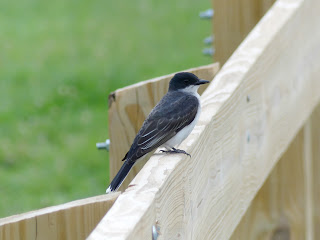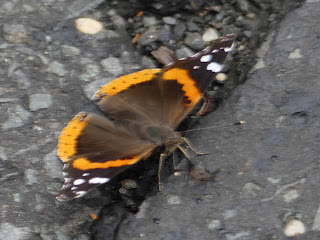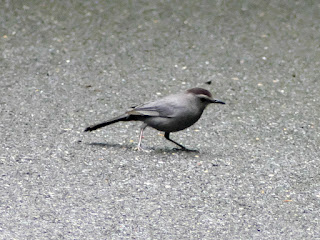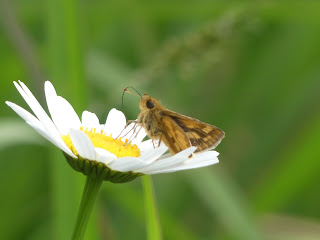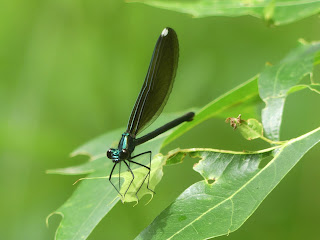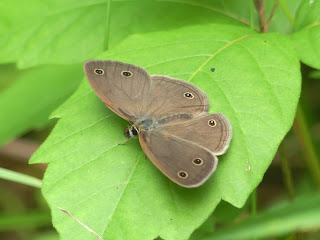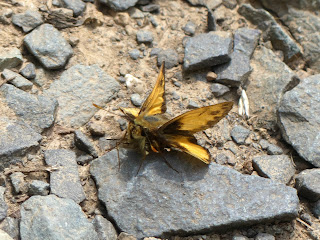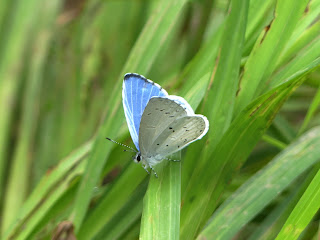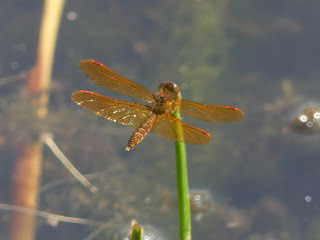Blue Dasher

Who's the most dashing dragonfly at the pond? Maybe the Blue Dashers , at least if you're 1 of these Blue Dashers . Besides the light blue pruinose that goes almost to the end of the abdomen, these gentleman warriors will definitely fight for the honor of their ladies. They're even known to fight other blue dragonflies, though that's usually considered to be a case of mistaken identity; incompatible anatomy prevents maybe dragonflies from breeding outside their own species. June 29, 2023 at Sourland Mountain Preserve Photo 301249878, (c) jpviolette, some rights reserved (CC BY-NC)


